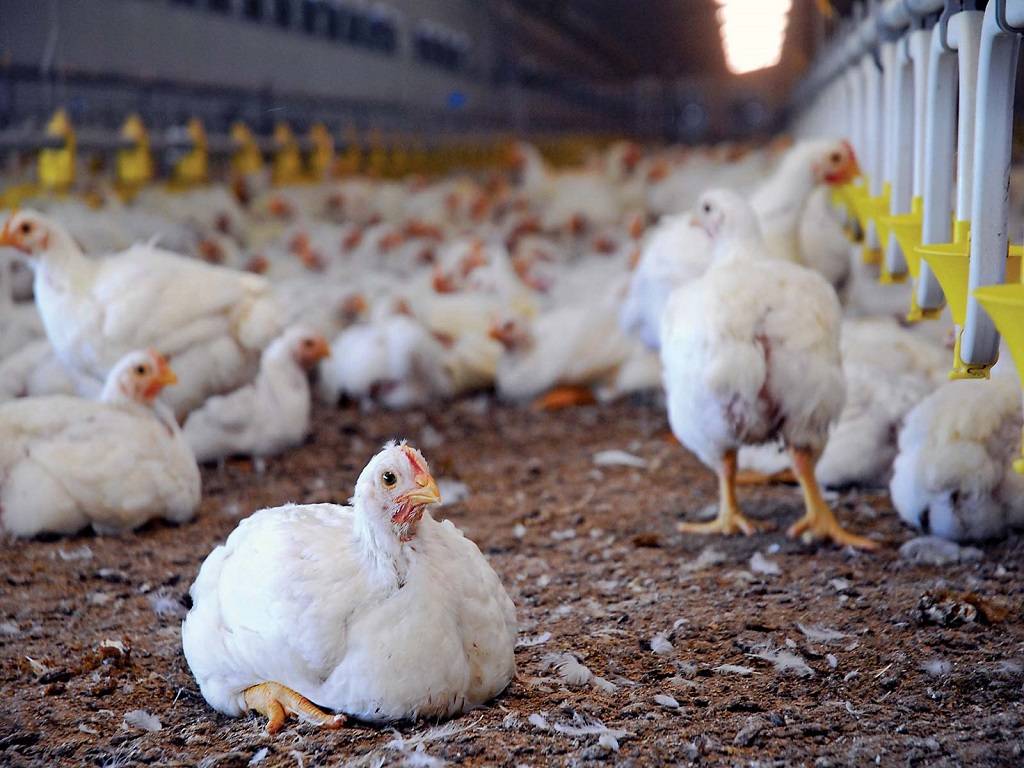
Scientists have now built an artificial intelligence (AI) algorithm that recognizes these SOS sounds automatically, a breakthrough that might help farmers save thousands of fledgling lives and millions of dollars in fieldwork.
"The findings represent a crucial step toward developing a flock wellbeing index," says Bas Rodenburg, an animal welfare specialist at Utrecht University. In accordance with the studies, generally, the public prefers to consume chickens and farm animals. According to him, the effort might shift public opinions about industrial farms.
How Does the AI function?
Chicks make distress calls high-pitched, repeating chirps early in life to draw the attention of their mother hen, on whom they rely for warmth and nourishment.
She answers with food calls, indicating where the chicks should graze. Chicks in a commercial chicken barn, on the other hand, scream out when they are unhappy, socially isolated, or hungry.
Answering these calls can be the difference between life and death: unanswered calls cause birds to lose weight and die prematurely. Animal welfare researchers have been working to create automated tools to assist farmers in detecting these circumstances.
Researchers from the City University of Hong Kong recorded the vocalizations of hens kept at Lingfeng Poultry Ltd., a large poultry producer in China's Guangxi region, to better these efforts.
The hens are housed in stacked cages (three cages per stack, with 13 to 20 individuals per cage), with around 2000 to 2500 chickens in each barn. The researchers recorded the surroundings for a year, recording everything from natural farm noises like employees hosing out barn floors to chick distress cries.
They then converted all of these sounds into sound graphics known as spectrograms and used the images to train deep learning AI software. Similar systems have been developed to detect cows' emotional states on dairy farms.
The algorithm quickly and accurately detected 97 % of distress cries as the hens produced them, separating them from other bird noises and ambient barn noise, the team writes today in the Journal of Animal Science.
















